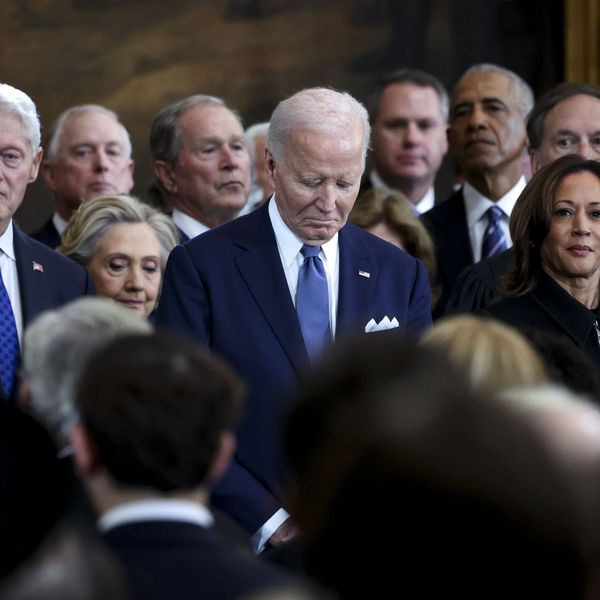Perhaps the most depressing aspect of Thursday's shoot-out at Fort Hood
is that none of the 12 people who died in the melee will be counted as
casualties of the wars in Iraq and Afghanistan. These soldiers - "brave
Americans," President Obama called them - will join an unknown number
of American soldiers, airmen, sailors and marines, who are not among
the 5,267 the Defense Department counts as having died in our most recent wars, but who have perished nonetheless.
It will take days or weeks to learn what really happened at Fort Hood
and why, but even at this early moment, we can make one statement for
certain. The government's refusal to accurately count their sacrifice
of these young men and women dishonors not only these soldiers'
memories, but also obscures the public's understanding of the amount of
sacrifice required to continue wars in two countries, simultaneously,
overseas.
Go on the website, icasualties.org,
which regularly publishes the names the Pentagon reports as having died
in two wars, and a discerning eye will see a lot of other names are
missing.
Missing are the names of service members, like Sgt. Gerald Cassidy,
First Warrant Officer Judson E. Mount, or Spc. Franklin D. Barnett
who died stateside after receiving substandard medical care for wounds
sustained in the war zones. Cassidy sat dead in a chair for three days
at Fort Knox before anyone noticed that he had passed away from
complications related to a brain injury sustained in Iraq. Mount died
in April 2009 at San Antonio's Brooke Army Medical Center after taking
shrapnel from a roadside bomb in November 2008. Barnett died in June
2009 from wounds he sustained in Afghanistan earlier in the year.
Missing, too, are the names of American soldiers and veterans who have
killed themselves after serving a tour in Iraq or Afghanistan, people
like 19 year old Spc. John Fish
of Paso Robles, California who told his superiors he was thinking of
killing himself after his first deployment, but was ordered overseas a
second Brian Randtime
anyway. While he was training for that second deployment to
Afghanistan, Fish walked out into the New Mexican desert after a
training exercise for his second deployment and blew his brains out
with a military issued machine gun. Or Sgt. Brian Jason Rand of
North Carolina, who was found under the Cumberland River Center
Pavilion near Fort Campbell, Kentucky, in February 2008 with a bullet
through his skull and a shotgun by his side.
The Army reports 117 active duty Army soldiers killed themselves in
2007, the year Fish took his life. At the time, it was a 26-year high.
But that record was quickly eclipsed by the 2008 Army figure of 128
suicides. In January 2009, more American soldiers committed suicide
than died in combat in Iraq and Afghanistan combined, but none of these
deaths are listed in the official casualty count.
Neither are the dozens of soldiers who have killed altercations with
law enforcement brought on by Post Traumatic Stress Disorder incurred
during deployments overseas - people like 19 year old Marine Corps veteran Andes Raya
who was shot dead by police in California's rural Central Valley after
returning home from Fallujah; or Minnesota Iraq war veteran Brian William Skold, who got drunk and then lead deputies Andres Rayaon
a late night chase before stepping out of his pick-up, firing a
birdshot into the air, before kneeling on one knee and leveling his
shotgun at authorities. Moments later he was fatally shot by two police
officers. It's unknown how many Iraq and Afghanistan war veterans have
died this way, but like the 12 soldiers gunned down at Fort Hood this
week, their deaths would not have occurred if not for the wars in Iraq
and Afghanistan.
Regardless of what you think of these wars, it's absolutely necessary
that the American public be fully appraised of their cost. After all,
how can we even begin to honor their memories, if we don't even track
their sacrifice.
This piece originally appeared on New American Media.


